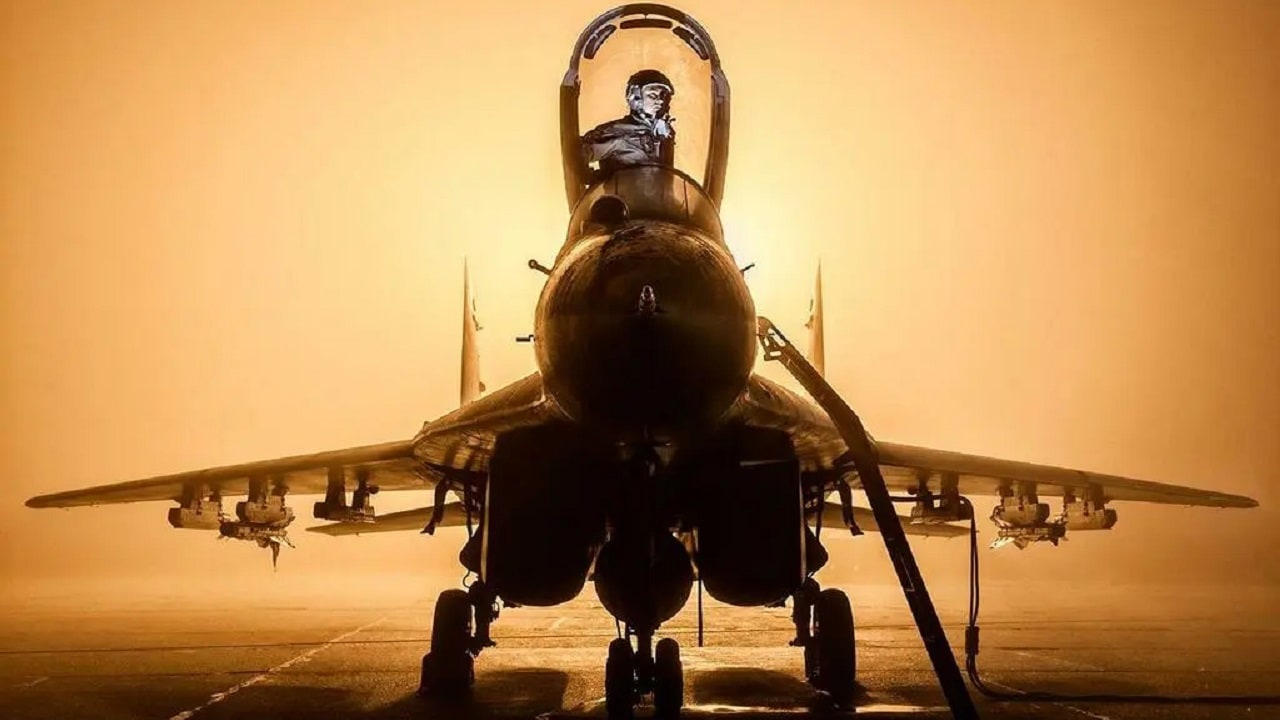Russian-Iranian defense ties date back to the 1979 Islamic Revolution. Upon seizing power, the newly installed Iranian regime prioritized the advancement and rebuilding of its armed forces. While China and North Korea initially represented the primary suppliers of arms for the Islamic Revolutionary Guard Corps (IRGC), by the 1990’s Moscow became Tehran’s main supplier of conventional weapons. Despite a five year trade suspension issued by Russia from 1995-2000, the value of arms transfer agreements between the two countries soared to approximately $1.7 billion by 2005. Among the various conventional arms Moscow has supplied Tehran over the years, its transfers of Kilo-class submarines, the S-300 surface-to-air missile (SAM) systems and the MiG-29 fighter jets are perhaps the most significant.
Following the death of Iran’s anti-Soviet Supreme Leader Ruhollah Khomeini in 1989, Tehran emerged as a profitable client-state for Moscow. At this time, Iran spearheaded a secret program aimed at acquiring fighter jets, missiles and other military equipment from China, North Korea and Russia. According to a New York Times report published in the early 1990’s, “Iran spent or committed $3.2 billion on arms in 1988 and 1989, primarily to the former Soviet Union for MIG fighters and tanks.” Iran’s two MiG-29 squadrons currently represent the most modern and sophisticated combat jets in its fleet. The twin-engine fighter jet first entered service with the Soviet Air Forces in 1982. In 1990, Iran received its first delivery of 18 MiG-29s. One year later, four additional fighters were evacuated to Iran following Operation Desert Storm. While these fourth-generation airframes are old and outdated, they continue to elevate Iran’s weaker arsenal of air equipment.
While the MiG-29s improve Iran’s Air Force capabilities, the Russian-built Kilo-class submarines enhance the country’s Naval defenses. The Kilo-class first entered service in the Soviet Union in the early 1980’s and made its way to Iran’s Naval arsenal the next decade. The 3,000-ton diesel-electric Kilos represent Tehran’s most advanced submarines. Nicknamed the “Black Hole” by the U.S. Navy, the Kilo’s sophisticated design and smaller frame make it extremely challenging to detect. Similar to the MiG-29, the Kilo-class submarines do possess drawbacks. The Kilos require a depth of at least 165 feet to function properly. Due to this constraint, the submarines can only operate in about one-third of the Gulf. Despite this con, Iran’s Kilo fleet remains a critical player in its Naval fleet.
In addition to the MiG-29s and Kilo-class submarines, the Russian-made S-300 long-range surface-to-air missile systems also contribute heavily to Iran’s conventional arms arsenal. Regarded as one of the most potent anti-aircraft missile systems in operation, the SAMS system is able to engage aircraft, unmanned aerial vehicles (UAVs) and is equipped with cruise and ballistic missile defense capabilities. The defensive system can counter multiple aircraft at a range of 121 miles and ballistic missiles up to 31 miles. Russia and Iran originally made the SAMS deal in the early 2000’s, but it was rescinded due to pressure from the West. After the Joint Comprehensive Plan of Action (JCPOA) was finalized in 2015, Russia resumed its sale of SAMs to the regime.
Maya Carlin is a Middle East Defense Editor with 19FortyFive. She is also an analyst with the Center for Security Policy and a former Anna Sobol Levy Fellow at IDC Herzliya in Israel. She has by-lines in many publications, including The National Interest, Jerusalem Post, and Times of Israel.

